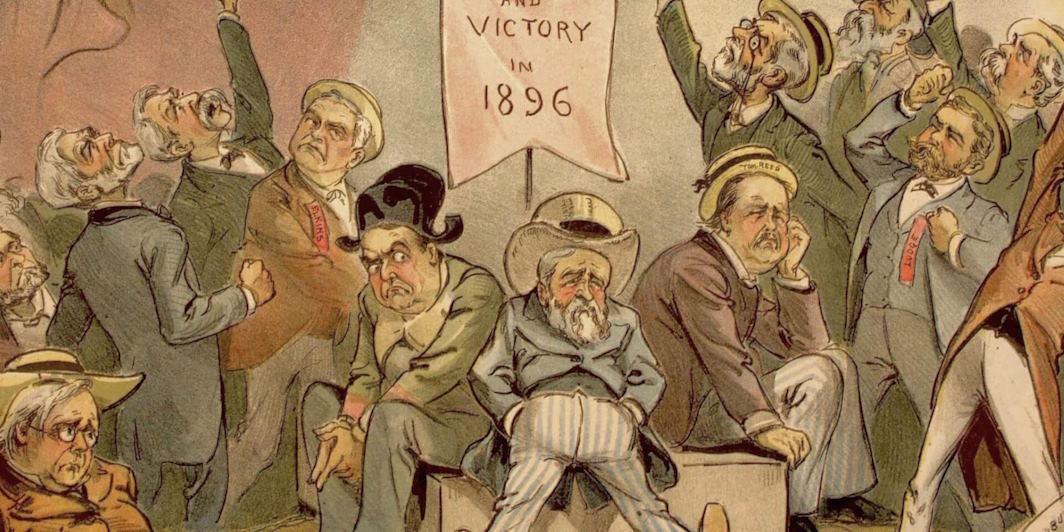Home » Exploring Art » The Playful Portrayal: Exploring Caricature in Art History

The Playful Portrayal: Exploring Caricature in Art History
With its exaggerated features and humorous depictions, caricature has long held a unique place in the vast landscape of art history. Caricature has been a powerful and playful visual expression from political satire to social commentary. In this article, we will delve into the rich history of caricature, examining its evolution, impact on society, and the enduring fascination it holds for artists and audiences alike.
Origins and Evolution of Caricature
Caricature finds its roots in the satirical traditions of the 16th century, with artists using exaggerated features and distorted proportions to mock and entertain. The Italian artist Annibale Carracci is often credited with popularizing “caricatura” in the late 16th century. However, it was in 18th-century England that caricature truly flourished, notably through the works of James Gillray and George Cruikshank. These artists used their satirical illustrations to lampoon political figures, social norms, and cultural trends of the time. Over the centuries, caricature evolved alongside societal changes, adapting its form and purpose to reflect the humor and critique of each era.

Caricature as Social and Political Commentary
Caricature has been a powerful tool for social and political commentary throughout history. In political unrest or cultural shifts, artists have used caricatures to convey dissent, critique authority, and capture the moment’s zeitgeist. The works of Honoré Daumier during the 19th-century French political upheavals and the contributions of artists like David Levine during the Vietnam War era in the United States exemplify how caricature can be a potent means of expressing dissent and holding a mirror to society.
Caricature’s ability to distill complex issues into visually digestible and often humorous forms has allowed it to transcend linguistic and cultural barriers, making it a universally accessible medium for commentary. Whether through a political cartoonist’s sharp pen or an artist’s satirical brushstrokes, caricature has played an integral role in shaping public opinion and fostering dialogue on critical issues.
Caricature’s journey through art history is a testament to its enduring power as a form of expression. From its humble beginnings as a means of amusement to its role as a potent tool for social and political commentary, caricature continues to captivate and provoke thought. As we appreciate the whimsical exaggerations and astute observations embedded in caricatures, we recognize the profound impact this art form has had on shaping our understanding of the world and the individuals who inhabit it.
- Posted In:
- Exploring Art

